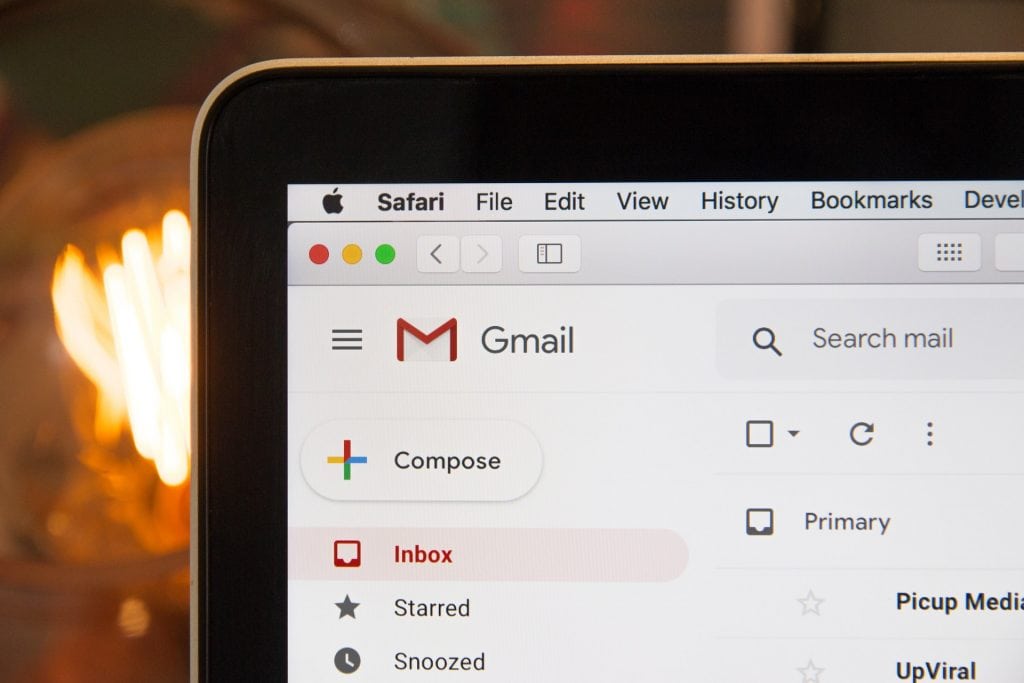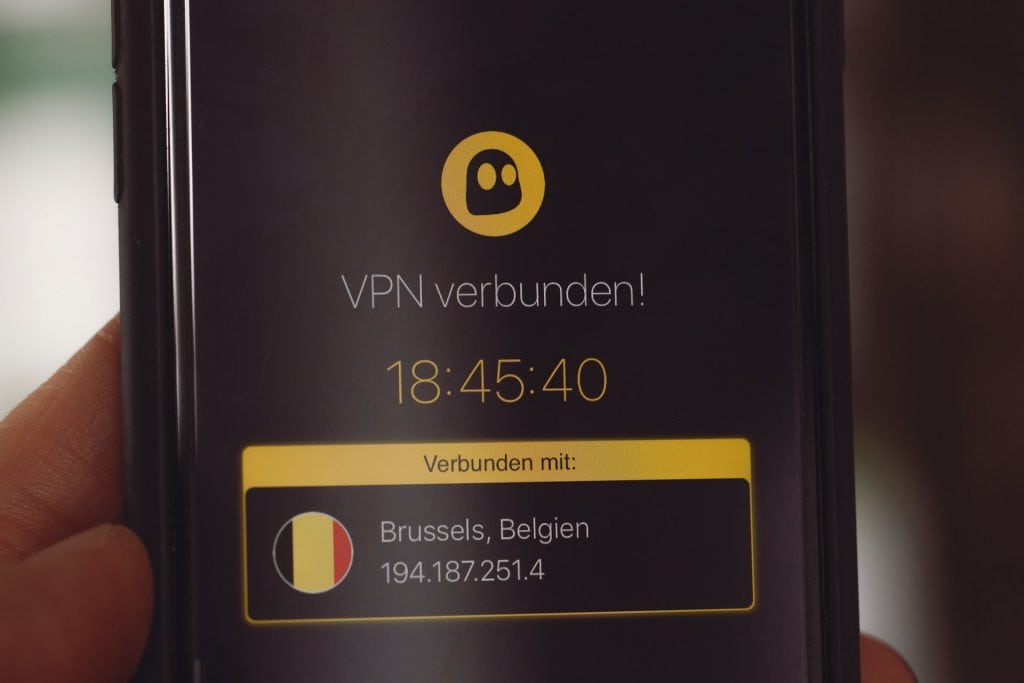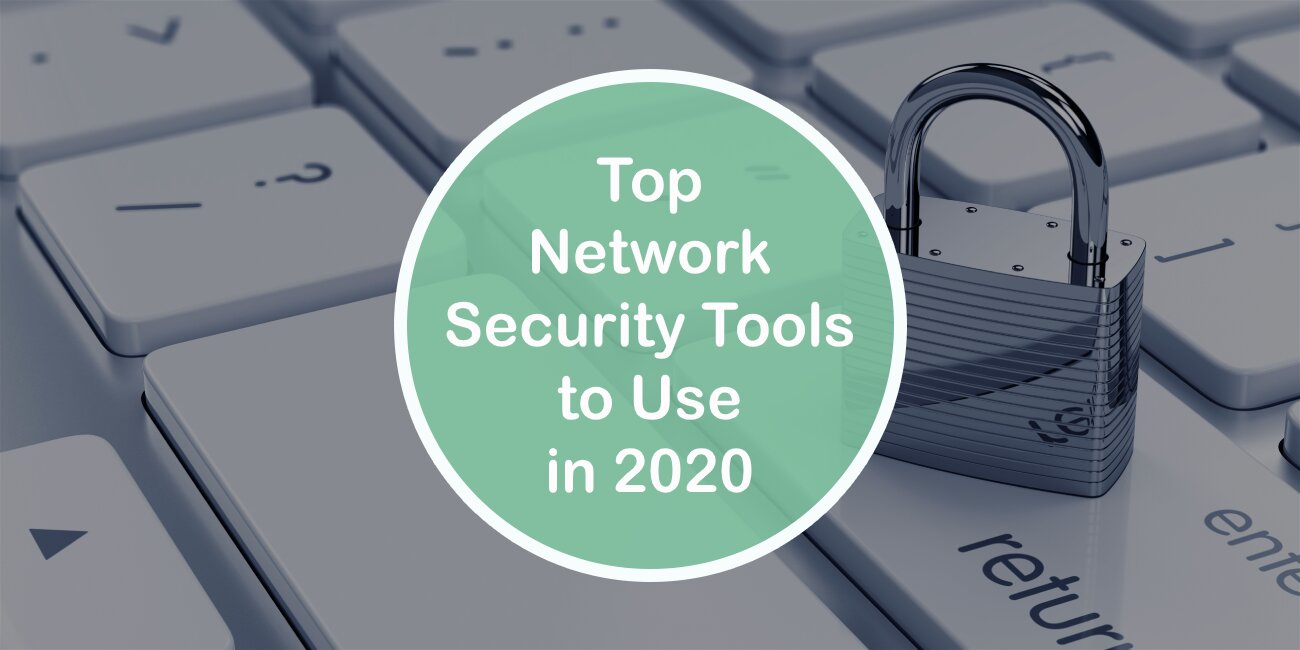The heady days when firewalls and antiviruses were the only security protocols needed to protect our computers from threats are long gone. Now, the threat landscape is filled with an increasingly sophisticated level of malicious codes and attack vectors.
It’s not just the type of threat that has changed either, the volume of attacks has steadily risen year after year. In 2018, security firm PurpleSec reported more than 30 million cyberattacks, that’s around 80 thousand per day. And in 2019, our additional reliance on Internet of Things (IoT) systems has meant a 300 percent increase in IoT attacks, showing that both home and company systems are more vulnerable than ever before.
#Firewalls, while still an essential #network #security tool, aren’t up to the task alone. Share on XThese software programs monitor incoming and outgoing network traffic. Data packets are then blocked or allowed based on the firewall’s security standards or rules. Overall, the firewall’s job is to create a barrier between internal processes and external sources, such as the internet, as these external elements can allow viruses and threat actors access.
Network security tools play a critical role in safeguarding digital ecosystems, especially in the context of IoT software updates, as they help monitor, detect, and mitigate potential vulnerabilities, ensuring a robust defense against cyber threats. The seamless integration of IoT software update mechanisms within network security tools becomes paramount in maintaining the integrity and resilience of interconnected devices by addressing security gaps through timely and secure software enhancements.
But plenty of other threats make it past a firewall’s defenses. A firewall can’t protect a website from a Distributed Denial of Service attack (DDoS), for example, or help a user who is about to fall victim to a socially engineered phishing attack.
To properly secure networks in 2020, a full suite of security tools is required in addition to our trusty firewalls. Let’s take a look at the programs you need in your arsenal.
Secure email gateways

A secure email gateway (SEG) is a software program, or less commonly, a device, that is used to monitor emails both incoming and outgoing. SEGs are predominantly used to block unwanted emails and ensure that no nasties get through.
In a business context, where hackers may target employees and rely upon human error to gain entry to a company’s devices and systems, SEGs are particularly useful.
Virtual Private Networks
Once thought of as primarily privacy software, Virtual Private Networks (VPNs) have risen to the fore as a leading security tool. So much so that hardware manufacturers, such as HP, include VPN software alongside antiviruses on new computers.
In terms of network protection, a VPN serves two key functions. Firstly, it creates a private browsing network so threat actors cannot see network activity, thus preventing packet sniffing.

Secondly, they encrypt data transmissions through a process called tunneling, meaning that even if activity is detected, the packets sent cannot be read.
With many employees working from home and connecting to company systems, a VPN is a very wise idea for businesses contending with a remote-working model.
Antimalware

Once antiviruses were the go-to for preventing Trojans, worms, and viruses. But these days the threats are more sophisticated and traditional antiviruses struggle to detect the full range of malware. For that reason, a good antimalware program should be used alongside an antivirus.
For individual users, the rise of malware delivered by text messages means installing antimalware on smartphones is essential.
Data Loss Prevention software
As mentioned earlier, we are increasingly reliant on IoT systems in both our homes and offices. The more devices there are the more potential attack vectors. For companies, this results in a greater level of risk.
It also prevents the chances of data loss occurring by monitoring, detecting, and blocking data while it’s in use, motion, and inert.
Although we are facing an increasingly dynamic threat landscape, security tools are rising to the challenge and go a long way towards decreasing the risks to both individual users and companies alike.

